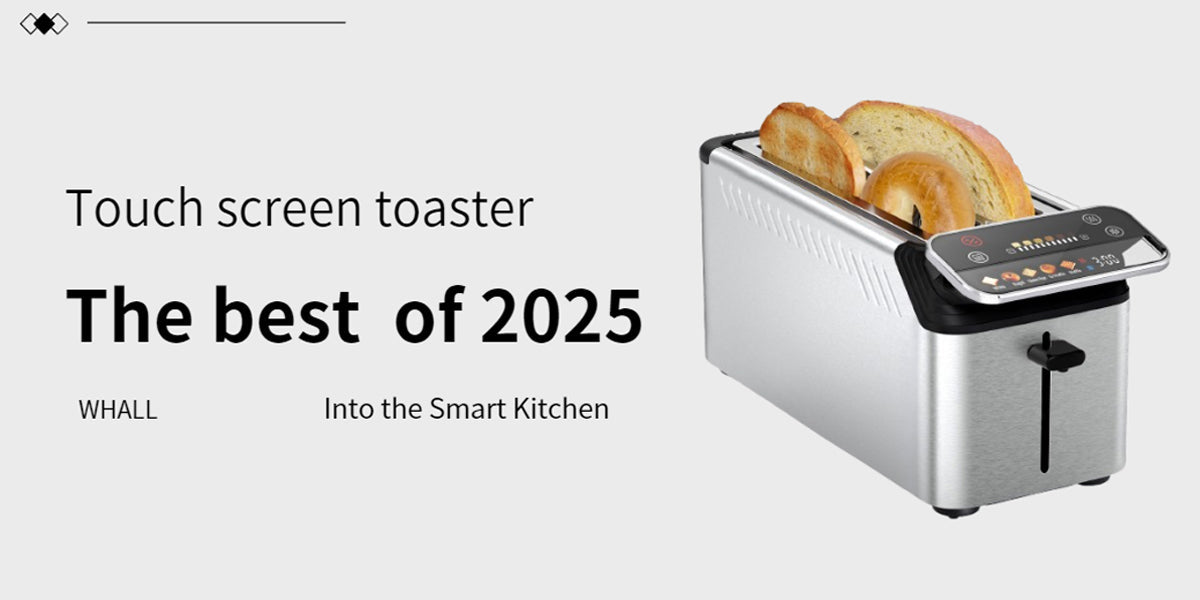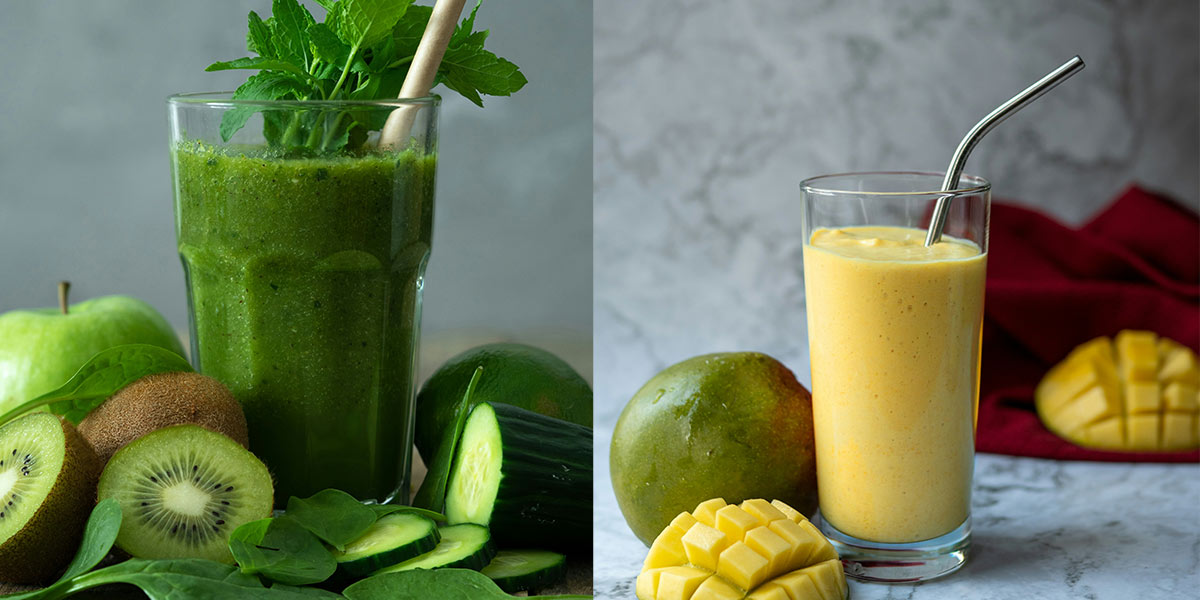In today’s health-conscious world, fresh juice has become a daily staple for many. Citrus fruits, rich in vitamin C and refreshing flavor, are particularly popular, and the juicing tool used significantly impacts juice quality and nutrient retention. Traditional manual citrus juicers and modern cold-press juicers each have their merits, but the latter demonstrates clear advantages in multiple aspects. Below is a comparison across four key dimensions: efficiency, nutrition retention, user experience, and versatility.

1. Juice Yield & Efficiency: Cold-Press Juicer Dominates
-
Manual Juicer: Relies on hand-squeezing, resulting in a low juice yield (about 30%-50%) with significant pulp residue. Repetitive squeezing is time-consuming and labor-intensive, making it suitable only for small quantities.
-
Cold-Press Juicer: Uses slow hydraulic or masticating pressure to thoroughly crush fruit cells, achieving an impressive 80%-95% juice yield. For example, a single orange can yield 20%-30% more juice with cold-press technology, making it far more economical.
2. Nutrient Retention: Cold-Press Locks in Vital Compounds
-
Manual Juicing: The friction from squeezing generates slight heat, potentially oxidizing some vitamin C. Incomplete fiber separation also leads to quicker juice separation.
-
Cold-Press Juicing: Operates at low temperatures (typically below 60°F/15°C), preventing heat-sensitive nutrient loss. Retention rates for vitamin C, enzymes, and antioxidants are 15%-20% higher than manual juicing. The juice is smoother and more stable, with minimal separation.

3. Texture & Purity: Cold-Press Delivers Superior Smoothness
-
Manual Juicing: Often contains pulp fragments or seed residue, resulting in a coarse texture that requires additional filtering.
-
Cold-Press Juicing: Multi-stage filtration produces silky, pulp-free juice, ideal for those with refined palates (e.g., children or high-end beverage preparation).
4. Versatility & Convenience: Cold-Press Excels
-
Manual Tool: Typically limited to specific citrus fruits like oranges and lemons. Cleaning involves scrubbing pulp from crevices.
-
Cold-Press Juicer: Handles a wide variety of produce (carrots, ginger, leafy greens, etc.), serving as a multi-purpose appliance. Some models feature self-cleaning functions for added convenience.

Additional Advantages of Touch Screen Juicers
-
Commercial Potential: Cold-pressed juice oxidizes slower, extending shelf life up to 72 hours (vs. immediate consumption for manual juice), making it suitable for batch preparation or commercial use.
-
Quiet Operation: Motor-free cold-press models operate almost silently, a stark contrast to the squeaky noise of manual juicers.
-
Sleek Design: Modern cold-press juicers often feature minimalist aesthetics, doubling as stylish kitchen decor.
Conclusion: Cold-Press Juicer is a Smart Investment for Health-Conscious Living
While manual juicers are affordable and suitable for occasional use, cold-press juicers—with their superior juice yield, maximum nutrient retention, and premium user experience—are the rational choice for health- and efficiency-minded consumers. For daily juice drinkers or households prioritizing quality, the long-term benefits of cold-press technology far outweigh the initial cost. When balancing technology and health, the latter clearly deserves the advantage.




Leave a comment
This site is protected by hCaptcha and the hCaptcha Privacy Policy and Terms of Service apply.